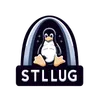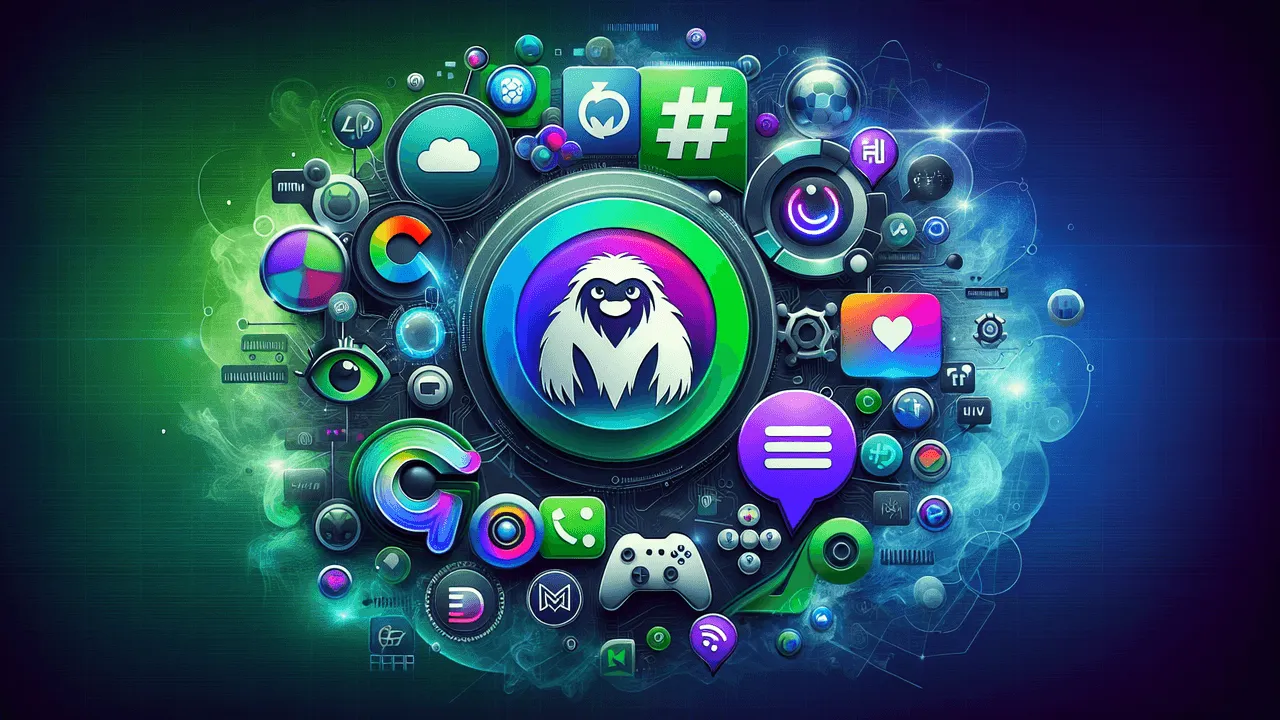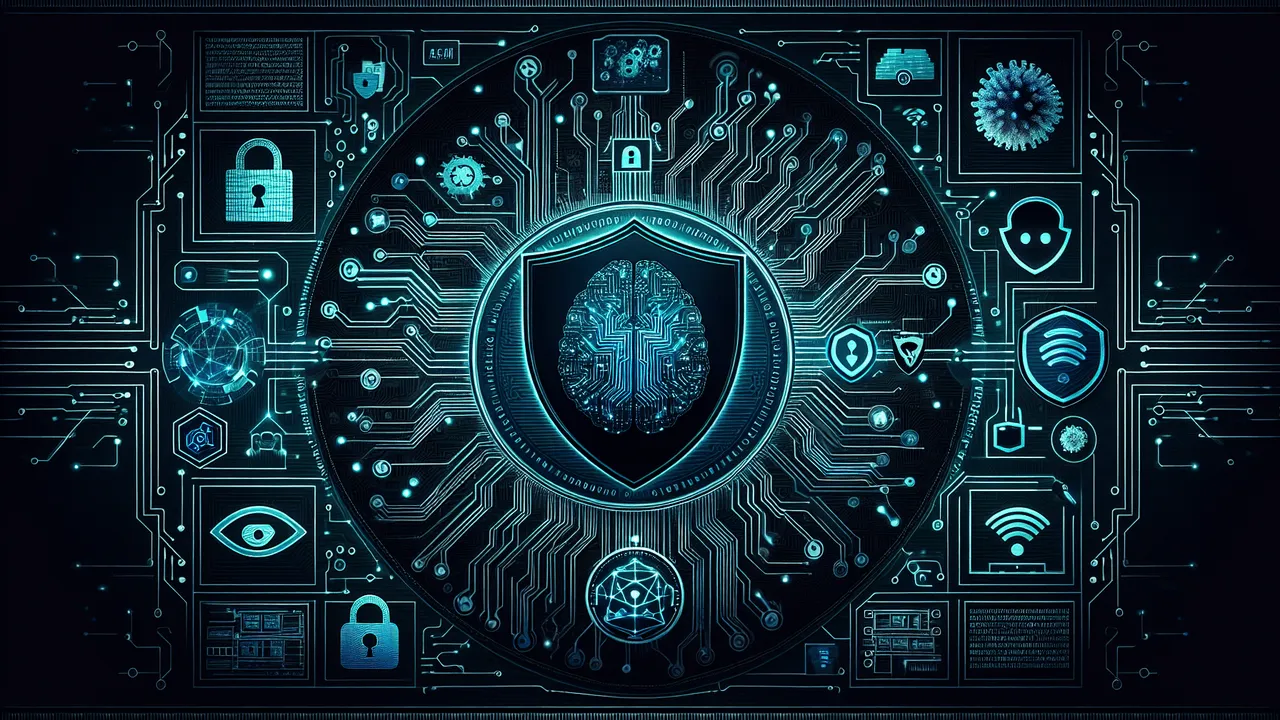Last Updated: 2024-05-06
Grant Taylor
Grant is a wanna be Unix grey bear that’s been faking it until he makes it, since the late ’90s. So far he’s managed to fool local clients, a big global cash register / mainframe company, a well known search engine that shares an initial, and recently a caring for a fleet of legacy Unix systems that are enjoying their time out to pasture while still doing their assigned job. All the while still draw a paycheck.
Grant’s year of the Linux desktop was in ‘98 or ‘99.
Grant has long preferred Linux, but has some concerns about the direction of the current Linux ecosystem and is eyeing *BSD and other Unixes, notably Solaris as it’s his current support gig.
If it’s on his resume it’s fair game to ask him about in an interview. He believes that he should be able to speak intelligently and honestly about the experience with a technology or it shouldn’t be on his resume.
An unappologetic list of OSs that Grant has been paid to support are:
- Unix (like OS)
- Linux: Slackware, Mandrake, Gentoo, Linux From Scratch, Red Hat, SuSE
- Unix: Solaris, AIX, HP-UX, SCO OpenServer / UnixWare
- Windows 9x, NT, 2000, XP, 2003, 2008
- NetWare 4.x, 5.x
- Cisco IOS, NX-OS
- Nortel DR5, DR6
If it’s cabled to a server, Grant has probably worked on it
- Network: TCP/IP, IPX/SPX, NetBEUI, L2 switches, L3 routers, L2+L3 switching routers
- SAN: Fibre Channel, iSCSI
If it runs on a server, Grant has probably worked on it.
- DNS: BIND, MS-DNS, DNSaaS
- Web: Apache HTTP, IBM HTTP, Oracle HTTP, MS-IIS
- eMail: Sendmail, Postfix, MS-Exchange, Novell GroupWise, Lotus Domino
- Databases: PostgreSQL, MySQL, MS-SQL, Sybase, Pervasive, Lotus Domino
Grant tries to fight the semi-consious bias of being able to understand when talking with someone. If you can do the work and we can communicate, you get the job.
Being a multi-Unix person, Grant strongly prefers solutions that will work consistently across them.
Presentations By Grant Taylor
SLUUG - July 10, 2024
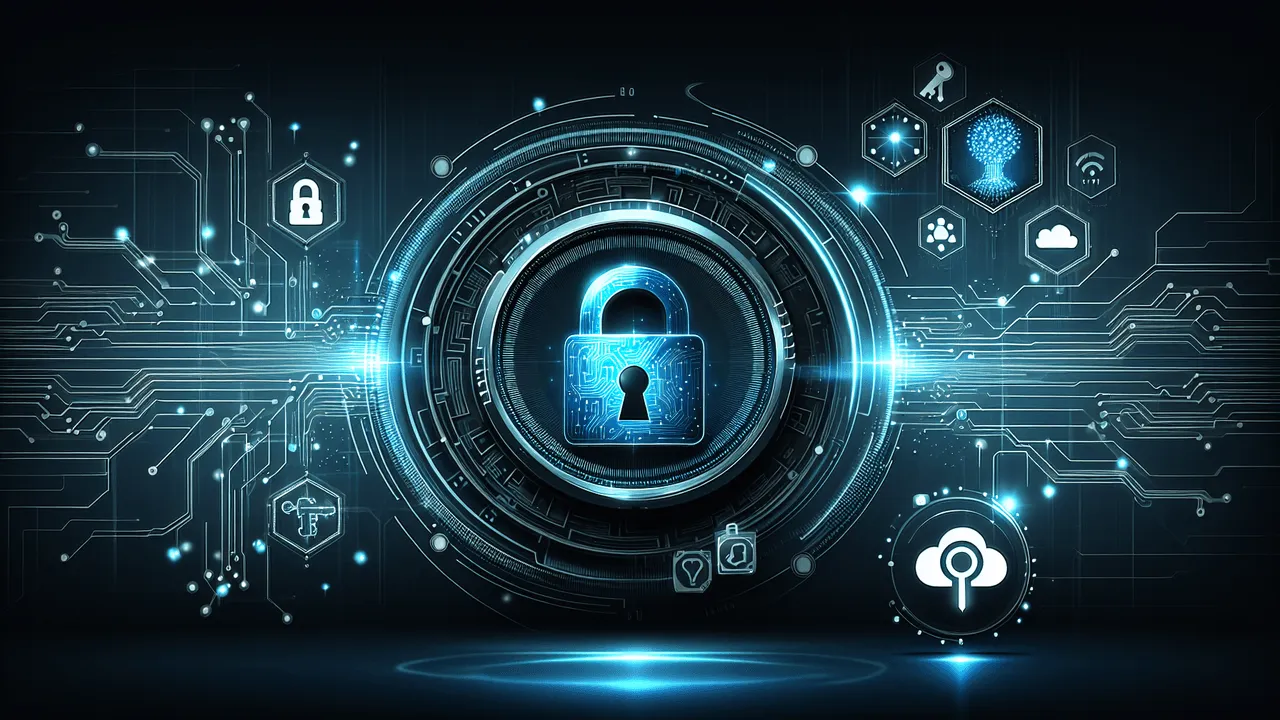
Diagnose A Real World Networking Problem
By: Lee Lammert & Grant Taylor
How to Securely Authenticate to a Remote System Using SSH Keys
By: Lee Lammert & Grant Taylor
SLUUG - June 12, 2024
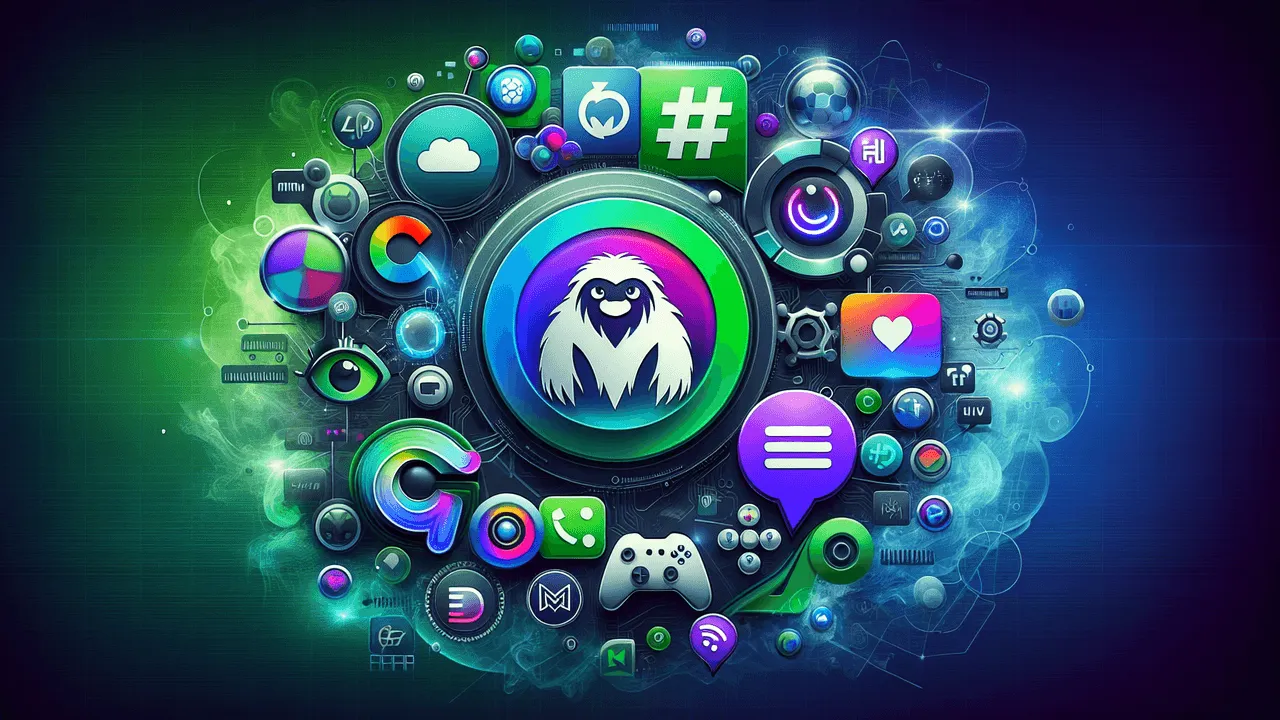
Social Media for Nerds
By: Scott Granneman
An adventure in starting network 'sniffing'
By: Lee Lammert & Grant Taylor
SLUUG - May 8, 2024
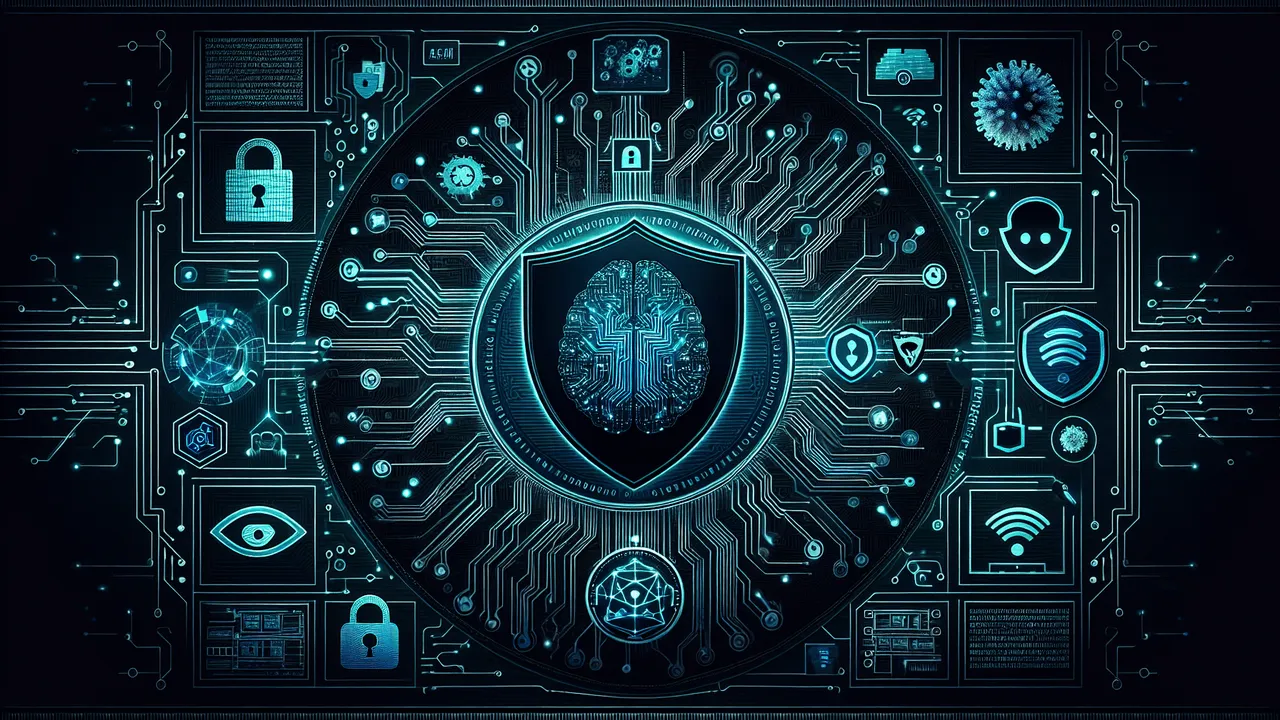
Cybersecurity & AI - A Review
By: Tony Zafiropoulos
An adventure in starting network 'sniffing'
By: Lee Lammert & Grant Taylor


